
Bindo Promotion Engine App allows users to create complicated and comprehensive promotion tools to boost customer engagement, and sales revenue for your business. From generating promotion code, e-coupons, to vouchers, you will firstly need to understand and use the Promotion Rules module. Promotion Rules helps you to set the “content” of a discount such as setting scenarios, targets, and outcome. Hence, the Promotion Rule is the core of any other promotion creation modules, either creating a QR code, or issuing a discount voucher, you will have to define the promotion rule for them. In this article, we will talk about the overview and settings of Promotion Rules.
Log in onto hq-alpha.bindo.com with your credentials, you can access the Promotion Rule module via the sidebar > Promotion Engine > Promotion Rules. You can either choose to view any existing promotion or click New on the bottom right corner to create a promotion rule.

In the overview section, set up the basic information of the promotion. This section is mostly used for your business’ internal reference. The Promotion ID will be auto-generated by our system.

At promotion type, you can choose the suitable type of promotion. Discounts are used in most scenarios, however, you can choose payment when your promotion is sponsored by a third party.

In this section, you will be able to define when the promotion/discount will be triggered.
Days of Week
This means that you can limit promotion time to specific days within a week. For example, if you want to set a promotion called “Happy Friday Sale”, you may add Friday only. However, if you don’t want to limit it, you can just leave this field empty.
Effective Date Range
It means that you can limit the date range within which your promotion rule takes effect. Both start date and end date will be included too. For example, if you want to set a promotion date range called “End of Season Clearance”, you may set the date range from Sep 1 to Oct 15. Please note that the promotion will start from 00:00AM of the starting date, till 11:59PM of the ending date.
Effective Time Range
It means that you can limit the time range within a day. The start time and end time will both be included too. For example, if you want to set a promotion called “Lunchtime Sale”, you may set the time range from 11:30 to 14:00. Please note that this time range does not set the time of the starting date, or ending date, but to set an effective time range within a given effective date. For example, if you set the effective date to from 10th of November, till 12th of November and the effective time range to be from 10:00AM to 4:00PM; then this promotion would only be effective within the said time frame everyday from 10th of November, till 12th of November.
Order Amount/Quantity Conditions
In addition to setting a limit to specific items/products, you can also set a limit to the order subtotal or items quantity. This field allows you to set an amount and/or quantities that would trigger the promotion. By clicking “Add”, you can set the specific number, for example, “amount ≥ 1000”.

This step shows what promotion will take place. It can be a discounted percentage, discounted amount or a target price. For example, if you choose “promotion percentage %” and set the value as 20, your consumers will get 20% off. If you choose “promotion amount $” and set the value as 100, your consumers will get $100 off.
You can choose to configure other settings such as Sorting Direction, which will allow you to choose Ascending (apply promotion from low price to high price), or Descending (apply promotion from high price to low price).
Recursion controls if the promotion is able to be repeatedly triggered. When you enable the “recursion”, you will either need to add a limit or an offset to this promotion.
With “limit”, this number will indicate up to how many times this promotion rule can be repeated. For example, your promotion rule is $100 off any purchase over $1000 and you set your limit as “4”. This will imply that this promotion rule can be used up to 4 times, which means that if you spend $3000 you will get $200 off. However you can only use this up to 4 times ($400 of any purchase over $4000).
“Offset” on the other hand, will indicate how many times this promotion rule will be skipped before being used. For example, the promotion rule is to get the second shirt for 50% off, you would set your offset to be as “1”. This is because you want the promotion rule to be skipped on the first purchase of the shirt but want it to be applied on the second purchase of the shirt.

There are additional options that you can choose to set, such as:





To view common discount rule cases and how to set them, check out this article by click here.

Bindo Knowledge Base offers a comprehensive guide to POS System and more through step-by-step articles and video tutorials. Be sure to check out FAQs or search here
We provide email support Monday through Friday. We do our best to respond to each request with a personalized reply within 24-48 business hours.